Illinois Sustainable Ag Partnership Seeking Applicants for Soil Health Leadership Program
Farmers, advisors and conservation professionals looking to sharpen their skills and further Illinois’ stewardship practices are encouraged to apply for the Illinois Sustainable Ag Partnership’s (ISAP) Soil Health Leadership program. The sessions will cover various topics, including soil structure and function, nutrient management, soil biology, cover crop selection and techniques, equipment setup, field demonstrations, and communication strategies.
Cover Crop Update from Across the State
Dan Schaefer from the Illinois Fertilizer and Chemical Association, and Jim Isermann from the Illinois Sustainable Ag Partnership, join Abigail Peterson from the Illinois Soybean Association to provide an update on cover crop initiatives across Illinois in a panel discussion.
Radicle Agronomics with Eli Sloneker
Join Kelsey Litchfield and Kelly Robertson as they chat with Eli Sloneker from Precision Planting about Radicle Agronomics, a system aiming to change soil nutrient management in farming. Eli provides an overview of Radicle Agronomics and its availability, while Kelly asks some technical questions about GeoPress's role in expediting soil sampling.
Conservation Finance for Farmers: Understanding Conservation Funding Opportunities
Kris Reynolds from American Farmland Trust shares information on various conservation funding opportunities available to farmers, including IRA funding, Partners for Conservation, and Partnerships for Climate Smart Commodities.
Combating Soybean Cyst Nematode With Advancements In Genomic and Breeding Technologies
Learn about the evolving threat of soybean cyst nematode (SCN) and how researchers are tracking genetic changes in worm populations in response to soybean hosts. Dr. Matthew Hudson and Dr. Andrew Scaboo discuss SCN genome insights and innovative strategies using native genes against resistant SCN variants, such as those in PI 88788 and Peking.
What Can ISA Funded Research Do for You?
This Soybean Summit session led by Jennifer Jones, CCA, shares recent findings from ISA checkoff-funded research across the state. Learn how farmers can shape the direction of future research studies on conservation, agronomy, and pest management.
Farmer Panel Discusses Marketing Challenges, Managing Inputs, Labor Concerns and More
At ILSoyAdvisor's Soybean Summit, a panel of three farmers discussed various topics, from grain marketing to labor issues and input management.
Growing the On-Farm Trial Network
Learn about Illinois Soybean Association's new effort to develop an on-farm trial network that will address agronomic issues farmers are seeking more information on. In this video, learn more about how to get involved and the topics the on-farm trial network will aim to address.
ILSoyAdvisor Soy Envoys Selected For 2024 Growing Season
Six certified crop advisers and agronomists will serve as ILSoyAdvisor Soy Envoys for the 2024 growing season. They will provide updates from around the state through the Field Notes blog and ILSoyAdvisor Crop Report.
Achieving High Yield Soybeans While Protecting the Soil
At the recent Soybean Summit, Chris Weaver, a farmer and agronomist from Maryland, discussed his experience in enhancing soybean yields while protecting the soil. With his success of reaching 158 bu/ac on non-irrigated land, his goal is to grow 200+ bushels of no-till, non-irrigated soybeans. Listen here for his full presentation.

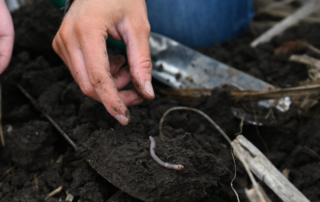
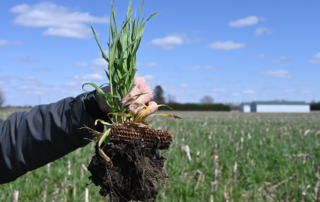
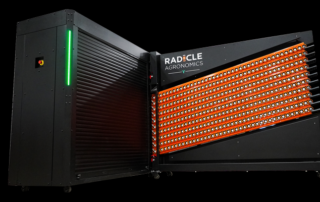
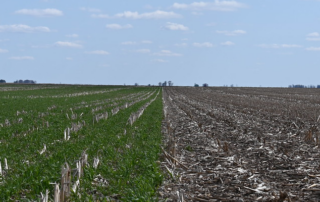
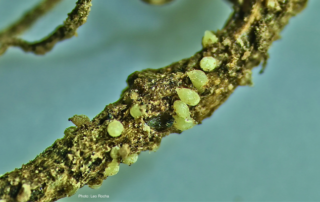
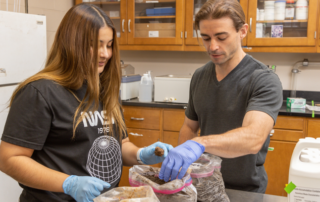
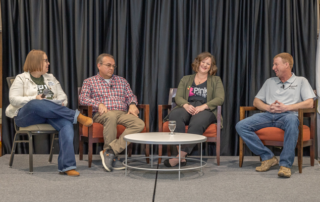
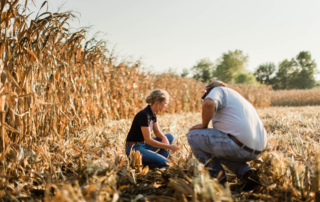



 and then
and then